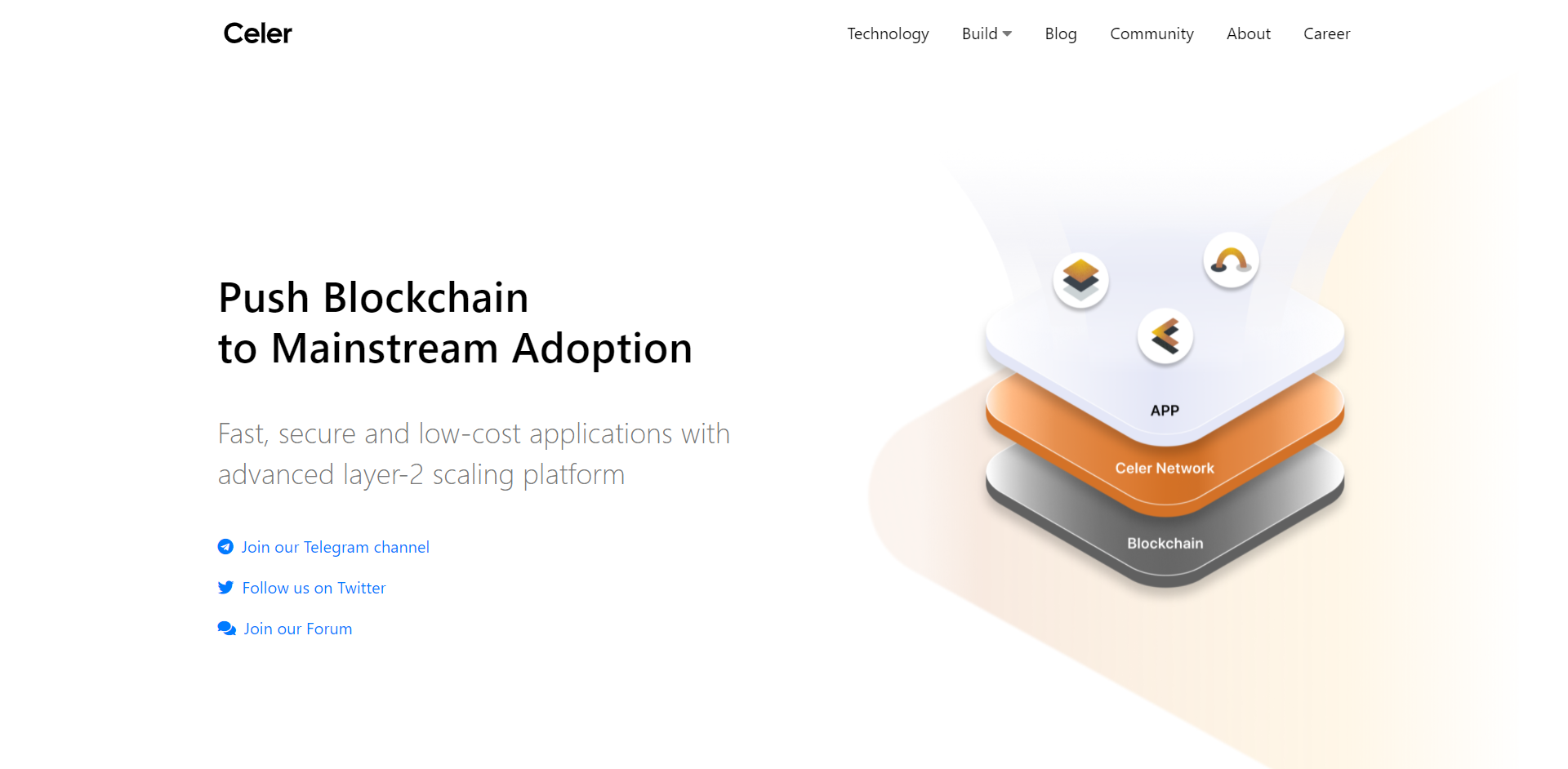
Celer Network (CELR), one of Ethereum's first scalability platforms, has released its multi-purpose interoperability bridge dubbed cBridge. It supports all existing flagship scaling frameworks and mainstream EVM-compatible blockchains.
Interoperability on top of state channels: Introducing cBridge
According to a press release shared with U.Today, Celer's multi-chain network, cBridge v1.0, launches on mainnet. It injects new life into Celer Network's state channel architecture.

Celer's cBridge allows seamless token transfers between Ethereum (ETH) mainnet, its scalability solutions Arbitrum, Polygon (previously Matic) and EVM-compatible smart contracts platform Binance Smart Chain.
Besides interoperability, the new release significantly advances the speed and scalability of the interaction between Ethereum's Layer 1 and Layer 2.
Dr. Mo Dong, сo-founder of Celer Network (CELR), stresses that cBridge offers a combination of features necessary for modern decentralized applications:
As an open-source platform with the mission to bring blockchain adoption to mainstream, our goal with cBridge is to deliver a high-performance and cost-efficient interoperable value transfer network with no compromise on the security or trust-free guarantee. We will continue to support and facilitate projects that build on top of our solutions.
Who can use cBridge?
The mainnet release of cBridge v1.0 is an out-of-the-box one as it includes both node software and a user interface.
Celer Network (CELR) lists a plethora of use cases for its new solution. First of all, it is the speedy and cost-efficient value transfer between different Layer 2 solutions with no need to reach Ethereum's Layer 1 again.
Then, cBridge allows for multi-hop deposit/withdrawal of assets into Ethereum's Layer 1 through various Layer 2 solutions. As a result, the net bandwidth of the newly launched solution increases by 1000x.
 Dan Burgin
Dan Burgin Vladislav Sopov
Vladislav Sopov U.Today Editorial Team
U.Today Editorial Team